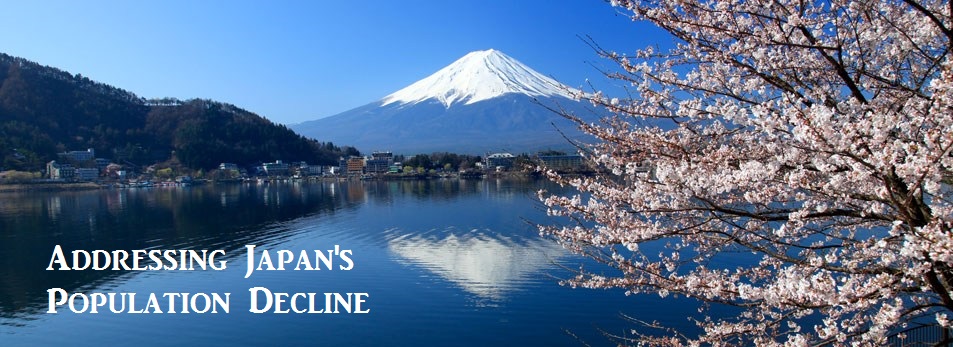Upon entering ANT 450: Culture, Ecology, & Sustainable Living, I was nervous to embark on the journey that was my first anthropology course. I enrolled in this course to obtain a better understanding of humans and their perception of environmental issues, a skill that would aid my Environmental Science major and Sustainable Business Concentration. Over the span of this course, I am pleased to say that I have done just that.
When deciding on my specialty area topic, I first started with Consumerism. I am very interested in waste reduction, and the consumerism in America is something that keeps me up at night. However, as I began to try and relate our course readings with Consumerism, I found that I was not able to fully develop my thoughts in conjunction with my abstracts. Although we covered consumerism later on in the course, I felt that the topic would have been more of research project on its own, rather than a topic that would connect all of the learnings from the semester.
In order to encompass the material fully, I decided to switch my topic. After going on a week trip to Seattle for a conference, I was able to spend time with my Japanese grandparents. My dad had been telling me about the dropping population and the increase in the elderly in Japan. My grandparents want to return to their home in Kyoto, but are being discouraged by skyrocketing prices for assisted living. I decided then that I would change my topic to “Addressing Japan’s Population Decline.”
As I started researching anthropological articles about Japan and the population, the information came quite easily. In no time, I had a long list of publications about gender, culture, power, economy, and women in Japan. The research was fascinating, and I found myself getting sucked into certain articles and being unable to choose a path to focus on. I quickly realized that there were so many different routes to take when organizing all of the research and components of this country’s struggle. I decided to categorize my research into the Role of Women, the Role of the Elderly, the Role of the Environment and Urbanization and Robots. I had a bit of a hard time including 20 abstracts that connected to my interest in the topic, but after doing even more research, I found relevant ways to tie in Japan to our readings. I did prioritize another specialty abstract in place of a class reading because I kept referencing it and I wanted to focus on it more, because it perfectly bridged our class learnings with the Japanese society.
As far as website organization, I hopped around to different themes and finally settled on a simple, black and white template. I thought the minimalist look was very fitting for Japan, because of their attention to simplicity and exactness. I applied the suggestions made by my peers and Dr. Haenn following my presentation, which has made my site more user friendly.
My largest obstacle was taking the time to create separate pages and links for all 20 of the abstracts- a tedious task indeed! Another challenge that I faced was propagating each tab with the appropriate links to each abstract. I wanted to keep the main pages less word-y to avoid readers becoming overloaded with information. I kept the simplicity with brief descriptions and single photos.
Overall, I am pleased with the way my website turned out, as well as my abstracts. I was able to learn a lot about Japanese culture and the studies that have preceded my interest. I believe the topic surround women’s growth into society is as fascinating, if not more fascinating than I did before. I will continue my research on a personal level, and perhaps even update this site at a later time.
Thank you for reading!
